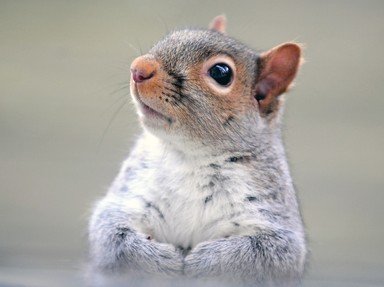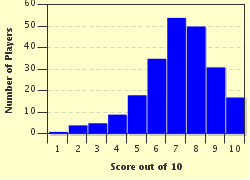Quiz Answer Key and Fun Facts
1. This golden brown mouse hibernates during the winter, and even when awake during the summer will go back to sleep if the temperature is too low.
What is it?
2. Chinchillas are noted for their thick fur, which they have because they live at altitude. Which mountain range are they native to?
3. This burrowing rodent is found all over North and Central America. What is it?
4. The Glis glis is also known as the edible what?
5. This little rodent is found all over North America with one sub-species living in Asia. What is it?
6. Which rodent is this? Contrary to popular belief they do not commit mass suicide.
7. This semi-aquatic rodent is the second largest in the world. What is it?
8. The water vole is another semi-aquatic rodent. In the United Kingdom its numbers were brought to near extinction levels by which introduced creature?
9. At a quick glance this creature is sometimes mistaken for beaver or even rat, but they are neither. What is it?
10. This creature is found only in Argentina. What is it called?
Source: Author
Christinap
This quiz was reviewed by FunTrivia editor
guitargoddess before going online.
Any errors found in FunTrivia content are routinely corrected through our feedback system.

